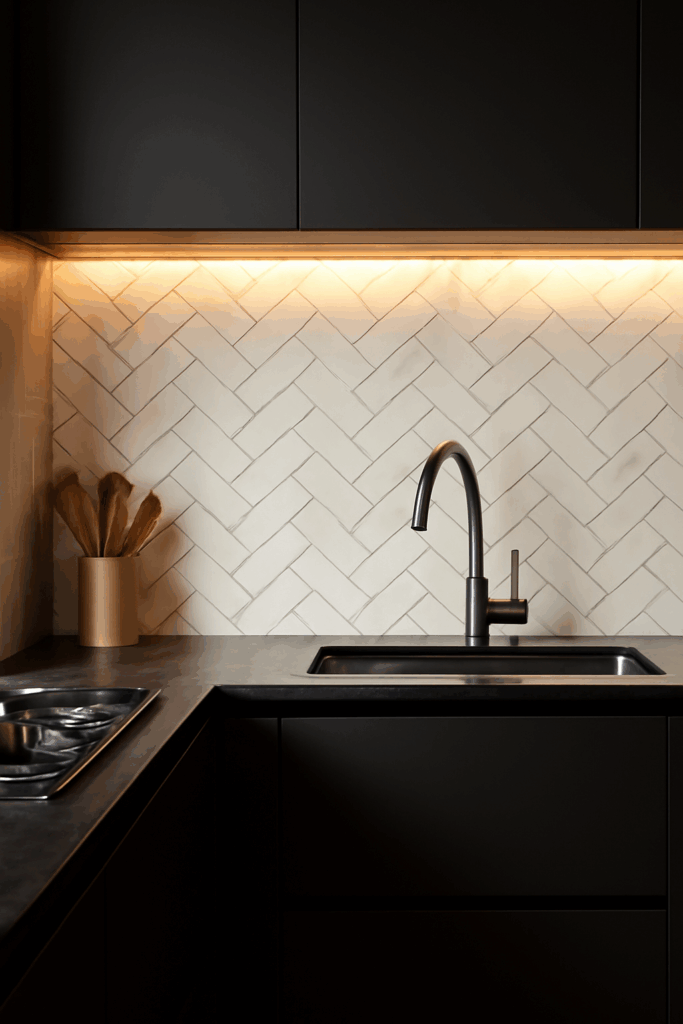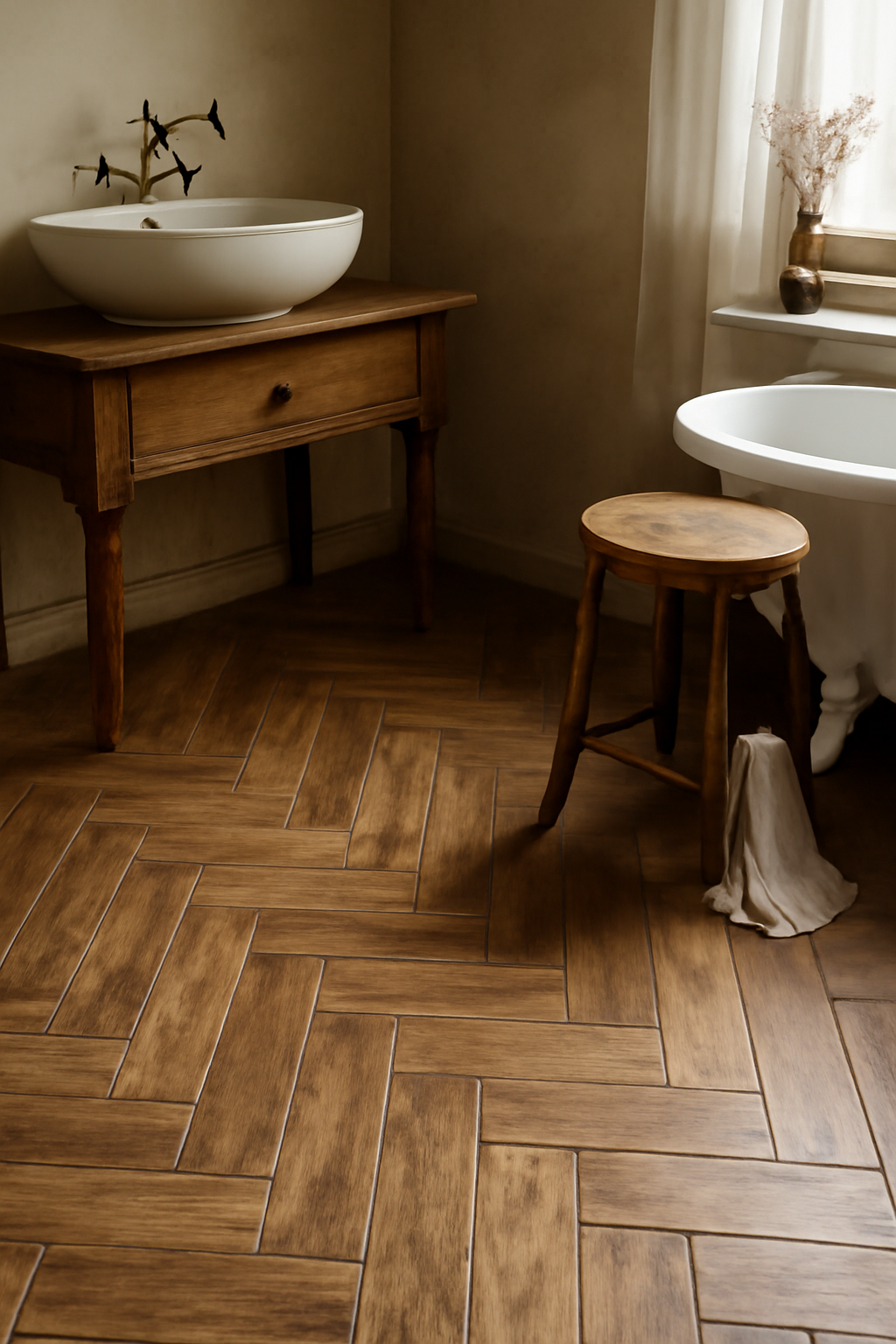Introduction
When it comes to home renovations, few design elements strike the perfect balance between timeless charm and modern flair quite like subway tiles. Once considered a humble choice, subway tiles are now back in the spotlight, bringing a sense of style, versatility, and practicality to contemporary interiors. Whether in kitchens, bathrooms, or living spaces, these tiles are making a bold comeback in 2025’s renovation trends.
History and Origins of Subway Tiles
Subway tiles first appeared in 1904 when they were used to line the walls of New York City’s subway stations. Their clean, glossy, white surfaces reflected light beautifully, creating bright underground spaces. This practical yet stylish design soon gained popularity beyond the subway, finding its way into residential kitchens and bathrooms. More than a century later, subway tiles remain iconic, blending heritage with contemporary appeal.
Why Subway Tiles Are Timeless
The enduring popularity of subway tiles lies in their simplicity. Their rectangular form is sleek yet versatile, allowing them to complement a wide range of interior design styles—from classic to ultra-modern. They are also incredibly adaptable, with countless layout patterns and finishes that can transform the overall feel of a space. This timelessness ensures they never truly go out of style.
See more: Understanding LVL Timber Formwork Prices in Today’s Market
Different Types of Subway Tiles
Subway tiles are no longer confined to the traditional white ceramic 3×6 format. Today’s options are diverse and innovative:
- Ceramic Subway Tiles – Affordable, durable, and widely available.
- Glass Subway Tiles – Offer a sleek, glossy finish with a reflective quality that enhances light.
- Marble Subway Tiles – Add luxury and sophistication with unique veining patterns.
- Metallic Subway Tiles – Perfect for modern and industrial-style interiors.
- Finishes – From matte to glossy and even textured surfaces.
- Sizes – Standard 3×6 tiles are still popular, but larger and slimmer variations are trending in modern homes.
Creative Ways to Use Subway Tiles
While subway tiles are often seen in kitchens and bathrooms, today’s homeowners are pushing creative boundaries. Some popular ideas include:

- Kitchen Backsplash – A timeless application that works with both rustic and modern cabinets.
- Full-Wall Accent – Extend subway tiles from countertop to ceiling for a dramatic effect.
- Bathroom Feature Walls – Use contrasting grout colors to highlight the tile pattern.
- Fireplace Surrounds – Add a sleek and unexpected twist to living rooms.
- Mixed Patterns – Experiment with herringbone, basket weave, or vertical layouts to make a statement.
How to Choose the Right Subway Tiles for Your Space
When choosing subway tiles, consider the following factors:
- Color – White is classic, but bold colors like navy, green, or even matte black are trending.
- Finish – Glossy tiles reflect light, making small spaces appear bigger, while matte finishes create a modern, understated look.
- Size – Larger tiles can make a space look more contemporary, while smaller tiles emphasize traditional charm.
- Grout – Don’t overlook grout color—white grout creates a seamless look, while darker grout adds contrast and definition.
Subway Tiles in Modern Interior Design
In contemporary interiors, subway tiles are used far beyond their traditional scope. Designers are now pairing them with natural stone countertops, wooden cabinetry, and metallic finishes for a layered, stylish look. Subway tiles also work beautifully in open-plan spaces, offering a clean backdrop that allows furniture and accessories to shine. Their adaptability makes them ideal for blending tradition with innovation.
Installing Subway Tiles: DIY or Professional?
The decision to install subway tiles yourself or hire a professional depends on your skill level.
- DIY Installation – If you’re handy with tools, tiling can be a manageable weekend project. With proper preparation, adhesive, and grout, you can achieve great results.
- Professional Installation – For complex layouts, large surfaces, or high-end materials like marble, hiring a professional ensures a flawless finish and long-lasting durability.
Maintaining Subway Tiles
One of the reasons subway tiles remain popular is their ease of maintenance.
- Cleaning – Regularly wipe with mild soap and water to maintain their shine.
- Grout Care – Grout can stain over time, so sealing it after installation is highly recommended.
- Repairs – Individual tiles can be replaced easily if damaged, making them a cost-effective choice in the long run.
Conclusion
Subway tiles have stood the test of time for more than a century, and their comeback in home renovations proves they’re here to stay. With endless design possibilities, a wide range of materials, and easy maintenance, subway tiles combine tradition with modern innovation. Whether you’re renovating your kitchen, bathroom, or living area, subway tiles remain a versatile, stylish, and enduring choice.
FAQs
Subway tiles are popular because they combine a clean, classic look with versatility. They work with nearly every design style, from farmhouse to contemporary, and offer countless layout options. Their affordability, durability, and timeless charm make them an easy choice for homeowners looking to update their spaces without overwhelming their budget.
Yes! Subway tiles can be creatively applied in living rooms, around fireplaces, in entryways, and even on accent walls. Their adaptability allows them to blend seamlessly into both modern and traditional spaces, offering endless design opportunities that go far beyond their traditional use in kitchens and bathrooms.
Subway tiles are among the most beginner-friendly tiles to install, thanks to their uniform size and shape. With careful preparation and the right tools, a DIY enthusiast can tackle small projects. However, for intricate layouts or premium materials, hiring a professional ensures a polished finish.
The best grout color depends on the desired effect. White grout creates a seamless and clean look, perfect for classic styles. Dark grout, like gray or black, highlights the tile layout and adds a modern, striking contrast. Colored grout is also trending for homeowners seeking a unique, playful touch.

Leave a Reply